Even if you’re not particularly deep into any nerd subculture, you’ve nevertheless probably heard of cosplay, or seen someone dressed up as a character they like, in real life or pictures.
Nowadays, if you go to a comic book or anime convention, a great part of the people attending will be embodying some of their favorite characters, in what they are wearing and for many of them, in how they act as well. It’s part of the experience. The cosplayers may even view the attendees without costumes as “mundane,” people who are only toe-deep in the subculture instead of fully submerged, which is not necessarily true. Perhaps I may not have an interest in dressing up, but my love for a series can still be comparable to someone who does. I’ve attended conventions without ever dressing up, but sometimes wishing I had, which in turn, fills me with admiration for the fans who go above and beyond to produce or acquire their costumes and then wear them like a second skin.
The practice of cosplay has been gaining progressively more popularity, which we can tell by the increasing amount of people who have started dressing up solely in the last decade. You may think you know everything there is to know about this nerdy tradition, but chances are you don’t. Allow me to prove it.
The origins and history of cosplay
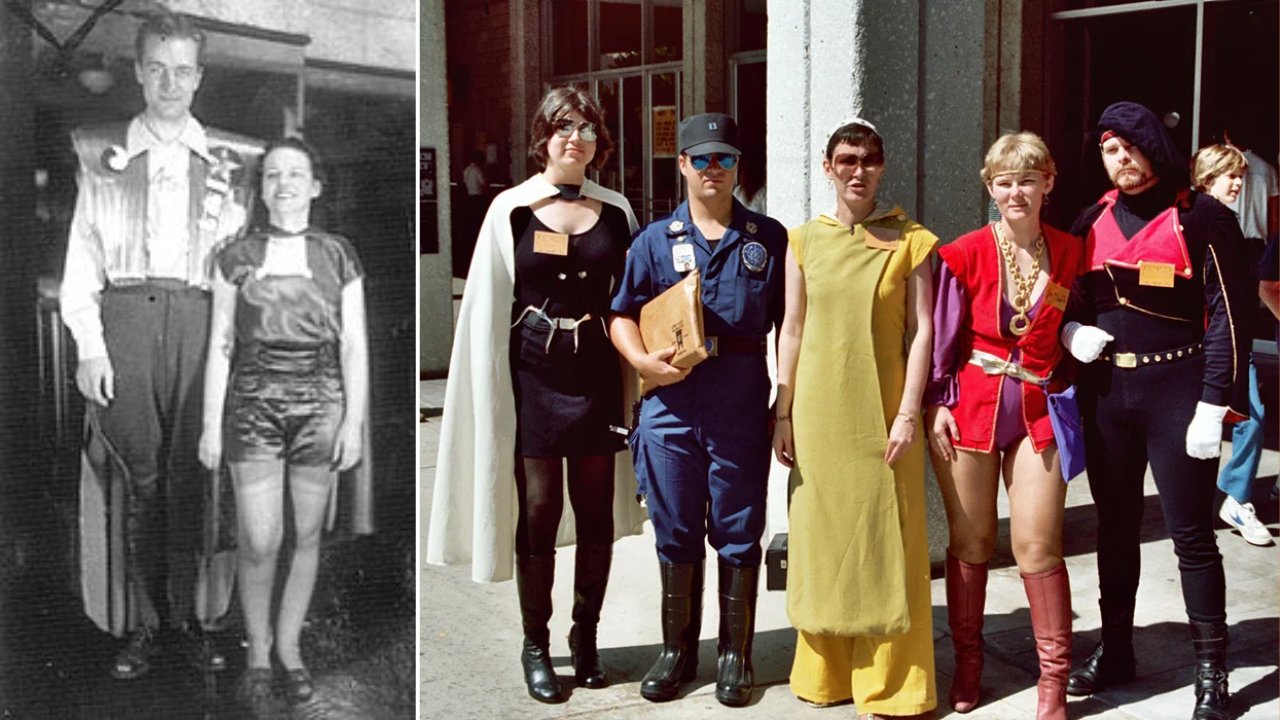
Cosplay is a combination of the words “costume” and “play.” Its exact origins are hard to trace as different sources and otaku argue that the practice stemmed from different places. One view deems that cosplay emerged in North America during the 1960s, when people began dressing up as their favorite characters from nerd culture (sci-fi, superheroes…). On the other hand, some argue that it appeared in Japan in the 1970s – or even, that it has roots in kabuki theatre dating as far back as the 17th century.
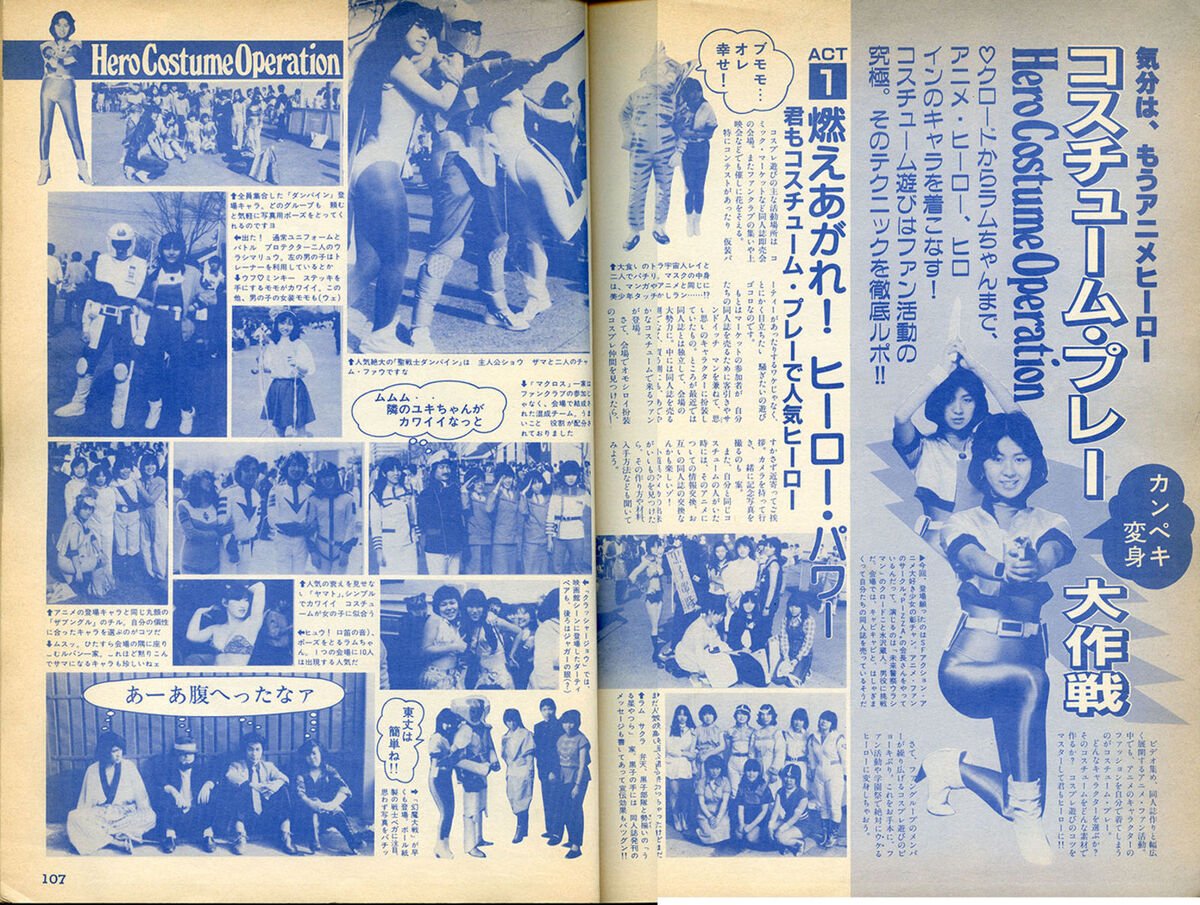
One solid narrative traces its origins from both countries, with the term “cosplay” having been coined by a Japanese reporter, Takahashi “Nov” Nobuyuki, who, in 1984, witnessed dressed-up people at a convention he attended in Los Angeles. Takahashi then encouraged people from Japan to channel a similar passion towards their anime conventions. Sure enough, it didn’t take too long for the majority of otaku to embrace the practice fully.
The first US convention solely dedicated to anime took place in 1981, in New York, and it was dubbed “AnimeCon.”
The significance of cosplaying
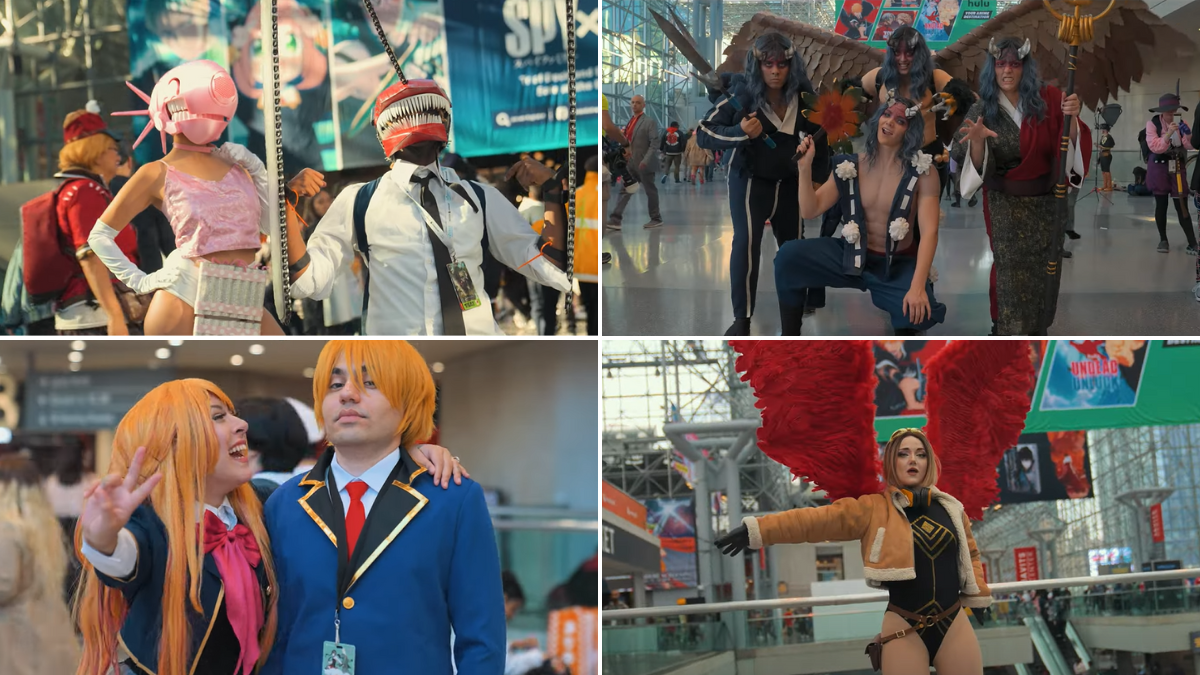
Cosplay can mean a lot more to those embracing it than outsiders can sometimes perceive, and it doesn’t necessarily mean the same for everyone. Some do it for fun, as a “hobby,” while others do it professionally, and earn an income from it.
There is some truth to the stereotype that those who are into nerd culture tend not to be the most socially adept. Theresa Winge wrote in her essay on the topic: “The character provides a (protective) identity for the cosplayer, which may allow for more confident and open interactions.” Hence, for some, becoming a character they love can be a way to strip away that insecurity.
A cosplayer, Angi, told EW in a documentary:
“Cosplay is a very personal form of self-expression. A lot of us are drawn to it when we’re very young and we’re drawn to it because we’re sort of insecure about our own skin. And I was desperate for somewhere I could be accepted and be who I really wanted to be.”
Cosplay is also largely about expressing one’s passion for a fandom and a particular character. It can foster camaraderie, helping people create spontaneous connections with others with common interests.
It’s also a highly creative practice, even if one is trying to emulate a character, one has to be resourceful in order to bring together all the components of a costume. Sometimes, cosplayers are not looking for a replica but their own interpretation of a character, or some different adaptation, like in the case of crossplay – gender reversal. The attention to detail may be more minute when a costume is done for professional purposes or for partaking in competitions – the largest of which, The World Cosplay Summit, takes place yearly in Japan.
Sexualization, consent, and social pressure
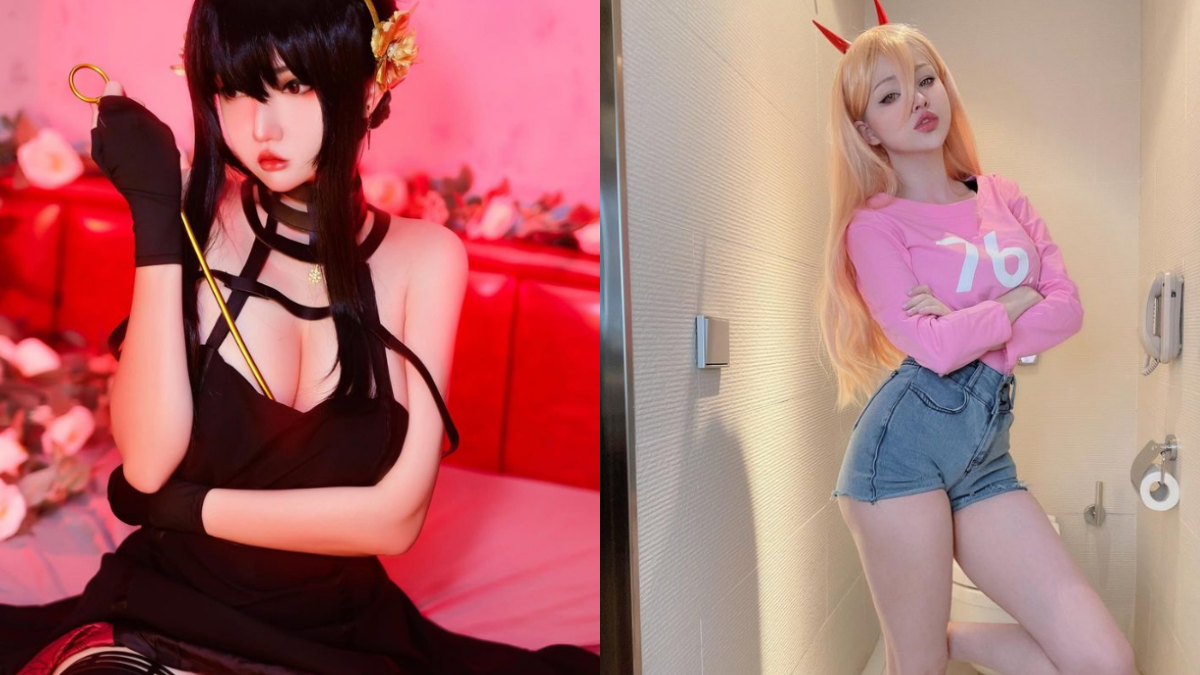
Cosplay has definitely become not only more ubiquitous in recent years, but it has also become more inclusive. And the fact that more people have become interested in it and paying more attention to the practice in general, has also increased its profitability.
Some people can make money off of cosplay, others can even make a living. Some professionals create and sell masks, props, and even whole costumes, usually, these people are already into the practice themselves. Other ways to make money include posting photos, videos, and the like to platforms like Patreon and OnlyFans. These are most often of a risqué and sexualized nature.
In the same aforementioned EW documentary, another professional cosplayer and costume-maker Saya said about the growing tendency and pressure to become more sexualized in order to gain attention – and thus earn an income:
“There’s a lot of pressure behind it, to do lewd things. […] I think social media is putting a lot of pressure on cosplayers to be more lewd. Who’s gonna wanna look at a fully-clothed superhero when one’s right next to them in nothing. […] They’re chasing something I’m not chasing: They’re chasing those likes. It does put a lot of pressure on people because it’s like I’m not gonna get those likes if I don’t do that.”
This same documentary goes into depth about the tendency to objectify cosplayers. Some featured cosplayers explain how they’ve had people try to touch them without consent. A sexy cosplay is not an invitation for unwanted touch, as there’s always still a human being beneath all the makeup and props. This prompted, at the time of the rise of the #MeToo movement, the initiative “Cosplay is not consent” to circulate in certain conventions.
Cosplay is a largely inoffensive practice that can bring people with common interests together in a way that is unique. It’s always still worth taking note and being mindful of the underlying social stigmas, pressures, and toxicity that can start to manifest in parallel with the evolution of a tradition. But I do hope that this does not dissuade you from trying it out if you’re on the fence, as chances are you’ll have an immensely joyful time connecting with people you otherwise might not; people who share a similar nerdy passion for the same fandoms as you.

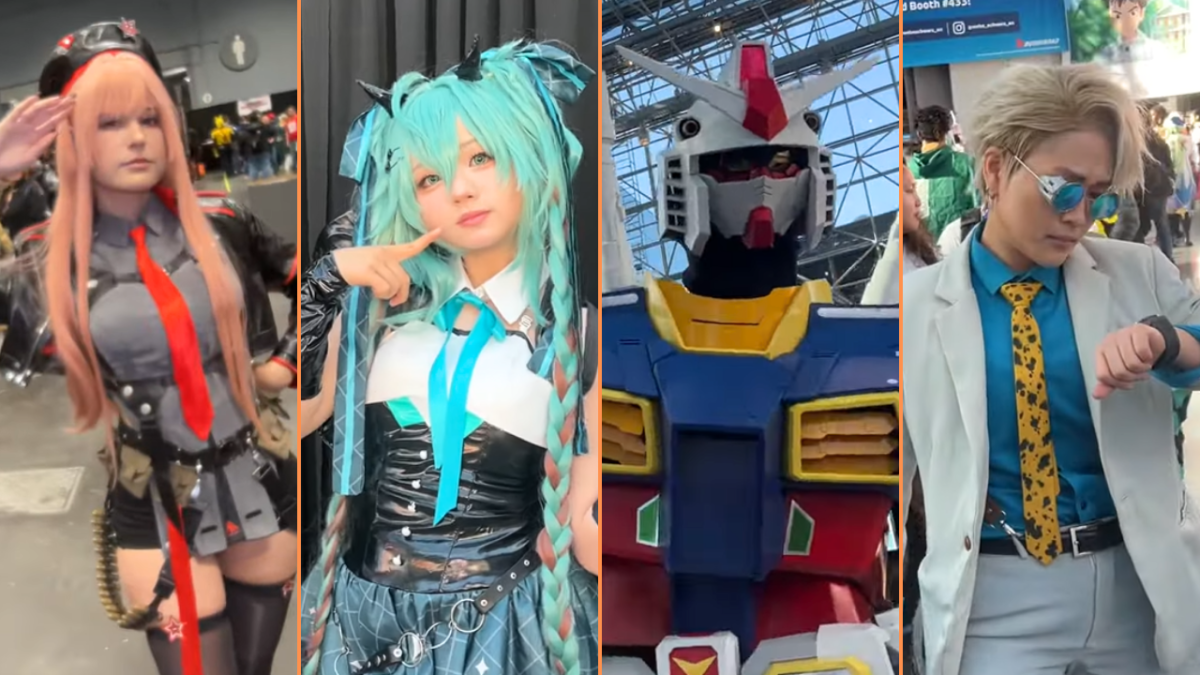
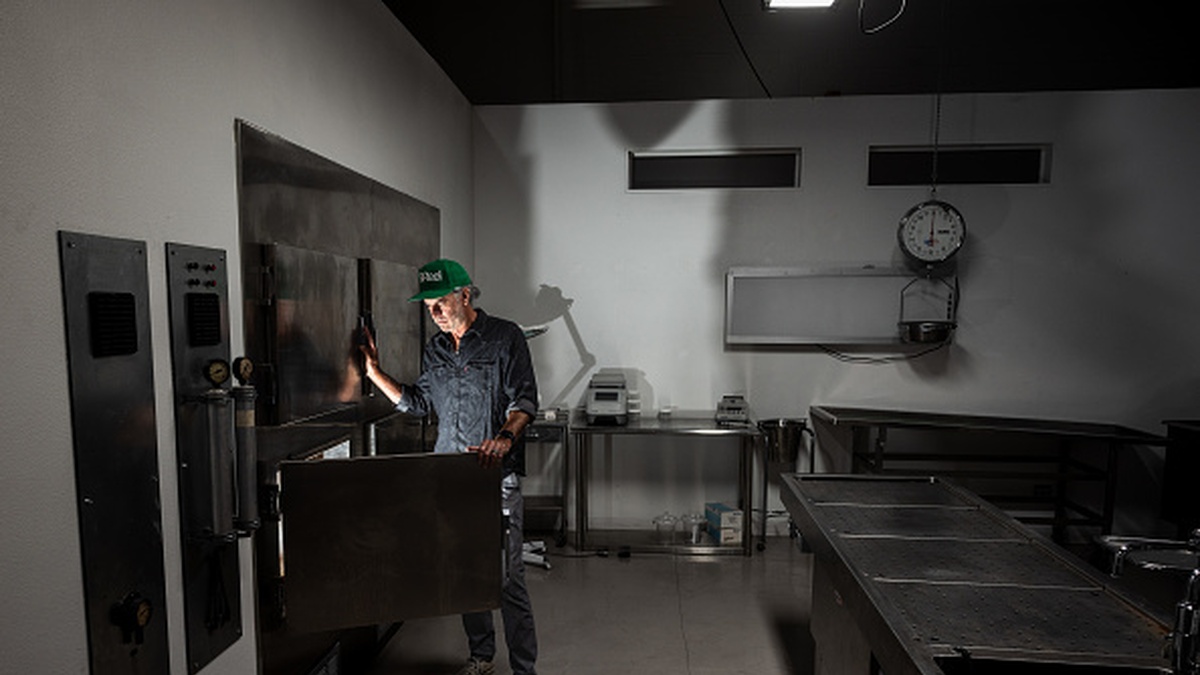








Published: Dec 4, 2023 02:31 pm